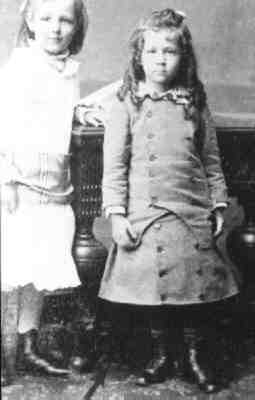
Figure 1.--Most kilt suits had matching jackets and kilt skirts, usually in plain material or dark muted plaids. Notice how the kilt/skirt also has double breasted styling.


Figure 1.--Most kilt suits had matching jackets and kilt skirts, usually in plain material or dark muted plaids. Notice how the kilt/skirt also has double breasted styling. |
The kilt skirts were generally of two kinds. One had a flat pannel at the front, often decorated with buttons and pleated at the back. The other was more like a standard skirt, pleated all around. The kilt or skirt worn with the kilt skirt was usually a matching color and material. There were, however, some skirts with specialized styling. Generally the standard kilt suits wore dark muted colors and fabrics. Sailor kilts varied more, including white suits. There were also Fautleroy kilts which might have both solid color and plaid klits. The skirted garmen in actually was not a kilt, but a skirt. It was, however, commonly referred to as a kilt--perhaps to make the outfit more palatable to boys. Some kilt suits were worn quite long, presumably as mother had brought a large size for the boys to grow into. Other variations such as pleating and front styling are notable. Notably girls at the time appear to have been less likely to wear skirts than boys. The girls would have worn proper dresses rather than skirts and blouses.
The kilt or skirt worn with the kilt skirt was usually a matching color and material. This of course what has become the accepted definition for a suit.
The styling of the kilt skirt matches that of the jacket. The styling was usually quite simple. The skirts were usually quite plain. There was, however, some fancier styling. The most common styling seen on the kilt/skirts was dpible breasted styling from the jacket. The sailor kilts also sometimes had skirts picking up jacket styling.
The styling of the kilt skirt was usually quite sinple. The skirts were usually quite plain. There was, however, some fancier styling. The most common styling seen on the kilt/skirts was dpible breasted styling from the jacket. The sailor kilts also sometimes had skirts picking up jacket styling. There was usually little trim--but this was not always the case.
Some kilt suits had kilt/skirts with fancier styling. As they are suits, the skirt styling matched the jacket styling. It matched the styling on the jacket. There were, however, some skirts with specialized styling. HBC has noted the following stylistic variations:
Double breasted: Some kilt kackets had double breasted styling. In many cases the double row of buttond was continued on the kilt skirt.
Stripes: Some kilt suits, usually the sailor kilts, were worn with striped worked into the pleating. This was not a common style, but HBC had noted it.
Bands: Some kilts, again often the sailor kilts had colored bands at the hem of the kilt.
Generally the standard kilt suits wore dark muted colors and fabrics. Unfiortunately because of the black and white photography of the day, HBC can not yet provide extensive detail on coloring.
Sailor kilts varied more, including white suits or blue jackets and white skirts. Sailor suits kilts were thevonly ones worn with contrasting jackets and skirts. HBC has not noted white kilt suits except for those with sailor styling. Sailor kilts were by far the kiltsuits in which the kilt skirt was subject to the most extensive variaions. Sailor kilts were worn with both contrasting stripes and color bands.
Some kilt suits were worn quite long, presumably as mother had brought a large size for the boys to grow into. The kilt skirts were rarely worn above the knrr, but some boys wore them at mid calf lengths.
Other variations such as pleating and front styling are notable. Some kilt suits have kilt skirts with heavy pleating. Others have no noticeable pleating at all. As the available photographs are almost always front shots, the available assesment of pleating is the pleating at the front. HBC knows less how pleating was handled in the back. Pleating is not always just a stylistic device. Pleating requited a substantial amount of extra material, making the kilt skirts with extensive pleating expensive garments.
Notably girls at the time appear to have been less likely to wear skirts than boys. The girls would have worn proper dresses rather than skirts and blouses. In this regard, HBC that almost always the children pictured in kilt suits are boys--even children waring long ringlet curls, some tiimes with hairbows. This is a very useful standard to use when assessing the gender of the children in unidentified images. HBC would be hesitant to say that this is an iron-clad rule, but does believe that it is the case for a very large proportion of the children in early photographs.
Navigate the Boys' Historical Clothing Web Site:
[Introduction]
[Activities]
[Bibliographies]
[Biographies]
[Chronology]
[Clothing styles]
[Countries]
[Contributions]
[FAQs]
[Glossaries]
[Satellite sites]
[Boys' Clothing Home]
Navigate the Boys' Historical Clothing kilt pages:
[Main kilt suit page]
[Scottish kilts]
[Scottish boys clothing]
[Scottish school uniform]
[Highland dance]
[Irish kilts]
[Irish boys clothing]
[Irish step dancing]
[Greek kilts]
